Looking for a great deal on a used car can be exciting, but doing your own research and decisions will help you get the best value for your money. From 18+ years of experience, I will share my useful tips for buying a used car, and everything to keep you prepared when buying a used car such as the pros and cons of different fuel types and things you should look out for during an inspection, including the key documents you’ll need to examine.
1. Set a Budget

If you’re thinking of buying a car, going for a used model can be a cost-effective way to get on the road. While new vehicles can lose up to 40% of their value within the first year, the depreciation curve for used cars is much lower. In other words, rather settling for a new Seat Leon, you could afford a 1 year old BMW 1Series for the same price. True that a new car is always guaranteed fault free, but buying a slightly used car with more quality would be better in the long run.
Before you set off it is crucial to set a budget. Besides the cost of the car this should also include road tax and insurance as without them you would not be able to drive the car on the road.
2. Fuel Type - Petrol, Diesel, Electric or Hybrid
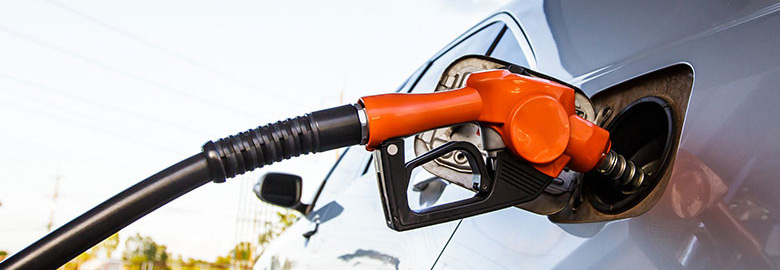
These days the main stream options are Petrol, Diesel, Electric or a combination of both known as Hybrid.
Although diesel might have been the smart choice a decade ago, the higher cost to purchase and maintain and upcoming bans across Europe would make you think otherwise. Diesels make sense with commercial activity vehicles and towing large objects due to their high torque capabilities and higher mileage efficiency over petrol.
Electric and hybrid cars are beneficial due to lower road tax and lower (sometimes free) fuel costs. But beware charging facilities are still limited, and cost of battery replacement might be high.
Petrol cars are our favourite here, as they are generally cheaper than their alternative fuel equivalents and refuelling is easy and mainstream. But I'll keep an eye out with the next decade for advancements in electric motors such as cheaper buy in and maintenance costs.
3. Where to look?
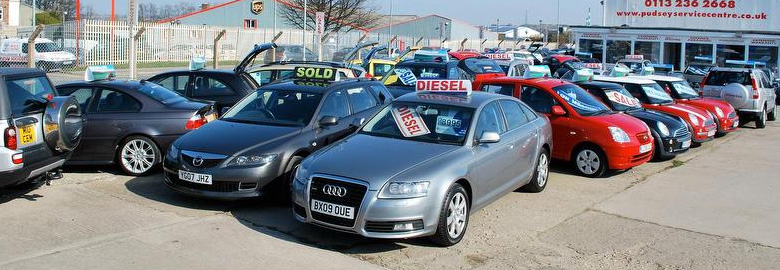
Where should you go to find the right deal? Is it dealer or private? Buying from a reputable dealership may give you peace of mind as they offer stronger consumer rights and possible warranty options. The benefit from private buyers is that you experience first hand the history of the car, instead of a fluffed up generic version by a dealer and the ability to haggle on a price. However don't rule out other options such as auctions which could mean you’re able to get more of a bargain but the cars are always seen as is with more less than often being able to inspect the car thoroughly.
If you are not technical enough to detect faults while inspecting the vehicle and only rely what the seller writes in the description I highly suggest to pay a bit more and buy from a dealer for rest of mind.
4. Accident Car
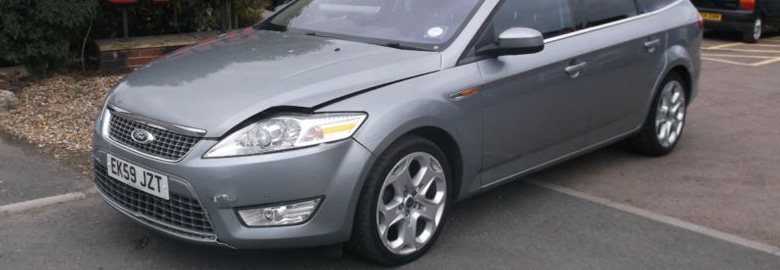
These are not a bad buy if repaired correctly, but we stress this point because accident cars can never be priced the same as to an accident-free equivalent, even if the condition of the accident car has been repaired to a high standard. This means you could get the same car at a bargain price, the only real downfall is when coming to resell the vehicle. So please take note of our tips if you don't mind and accident car but don't want to overpay.
Category S and N
In the UK, the system makes it easy to spot accident cars by labelling them as CAT cars. Previously known as Cat C/D, the new terms CAR S/N are regulated by the DVLA to make it easier to understand the damage the car has been repaired from.
Category S - Structural Damage
Example damage to main pillars, rear bumper firewall,
Category N- Non-Structural Damage
Example panel replacement, broken headlight, scuffed or bent wheel.
5. The Test Drive
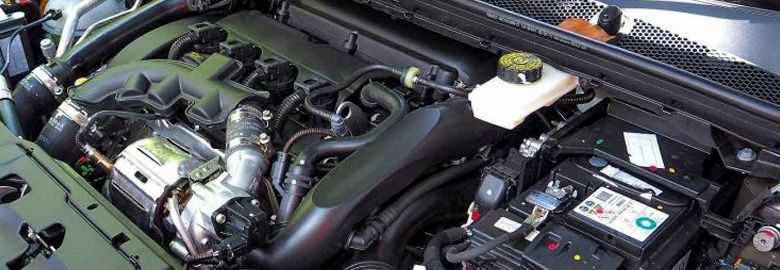
Make sure you see the car in daylight and good weather. Always test drive the car on a variety of roads.
While Stationary
- Check mileage - and that it matches the overall condition of the car.
- Check Bodywork - Besides looking at the paint for shade discrepancies and panel gaps, give it a feel with the back of your hand to see if its uniform all around which is also a sign of respray.
- Check electronics - imagine you're at Quality and Assurance engineer and check stuff like headlights, taillights, indicators, reverse lights, electric windows, handbrake, abs light, traction light, air condition ... basically the whole lot. One oversight could mean a costly repair if something is found defective.
- Door Locks - test fit the key into all locks, there is nothing more frustrating to know that the locks have been tempered with and you would need to change all of them to fix the problem.
- Inspect Engine Bay Check Levels, Inspect color of oils, inspect any wet areas for potential leaks, color of smoke from exhaust and that the engine light goes momentarily on but then off.
On the Road
- Smooth ride - car doesn't judder under acceleration, and drives straight.
- Responsive brakes - car keeps straight under braking, there is no vibrations from the pedal, and occasionally squeaking brakes means that the brake pads would need to be changed soon.
- Noise - keep an ear out for anything from the suspension components, engine mounts, heat shields, exhaust pipe.
6. Document Checks
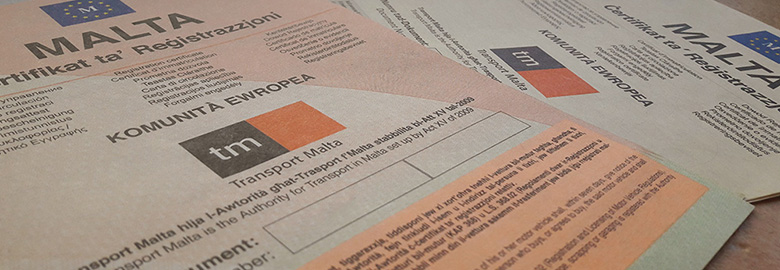
- Vehicle Log Book
- Handbook
- Servicing history
- VIN (Chassis) Number - make sure the number stamped on the car matches what is on the vehicle log book
- Spare key
7. Payment and Transfers Procedures
Dealers should provide a receipt accordingly, if buying private a hand written paragraph would suffice. Details to make sure that are in the documented are:
- Amount paid
- Date of deal
- Details of the vehicle (Model, make, color, VIN number)
- Identification of both parties (Passport if foreign).
Note: You are buying the car "as seen", the seller cannot take any responsibility if something goes wrong 10 minutes after you drive down the road with your "new" car. Even if the seller claims that you would have trouble free motoring please do not take this into consideration if something goes to the worst, after all that's why there is depreciation.
Steps to get on the road
- Leave a deposit on vehicle and get a copy of Logbook
- Create Insurance beforehand on your name
- Pickup vehicle and pay rest of amount.
I really hope all the above information is useful for you to be confident enough to venture out in the used car market and make a successful purchase. If you require further details may I also suggest this article from Sainsburys Bank.